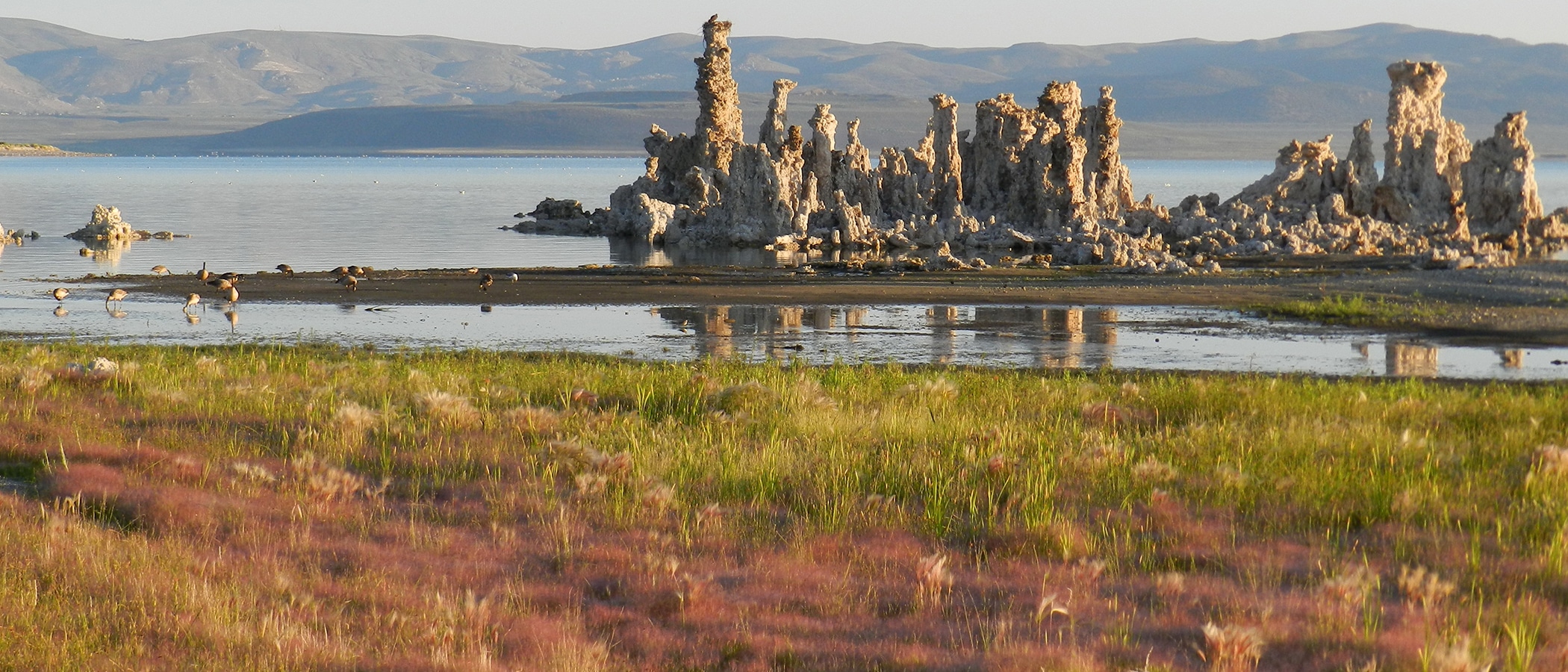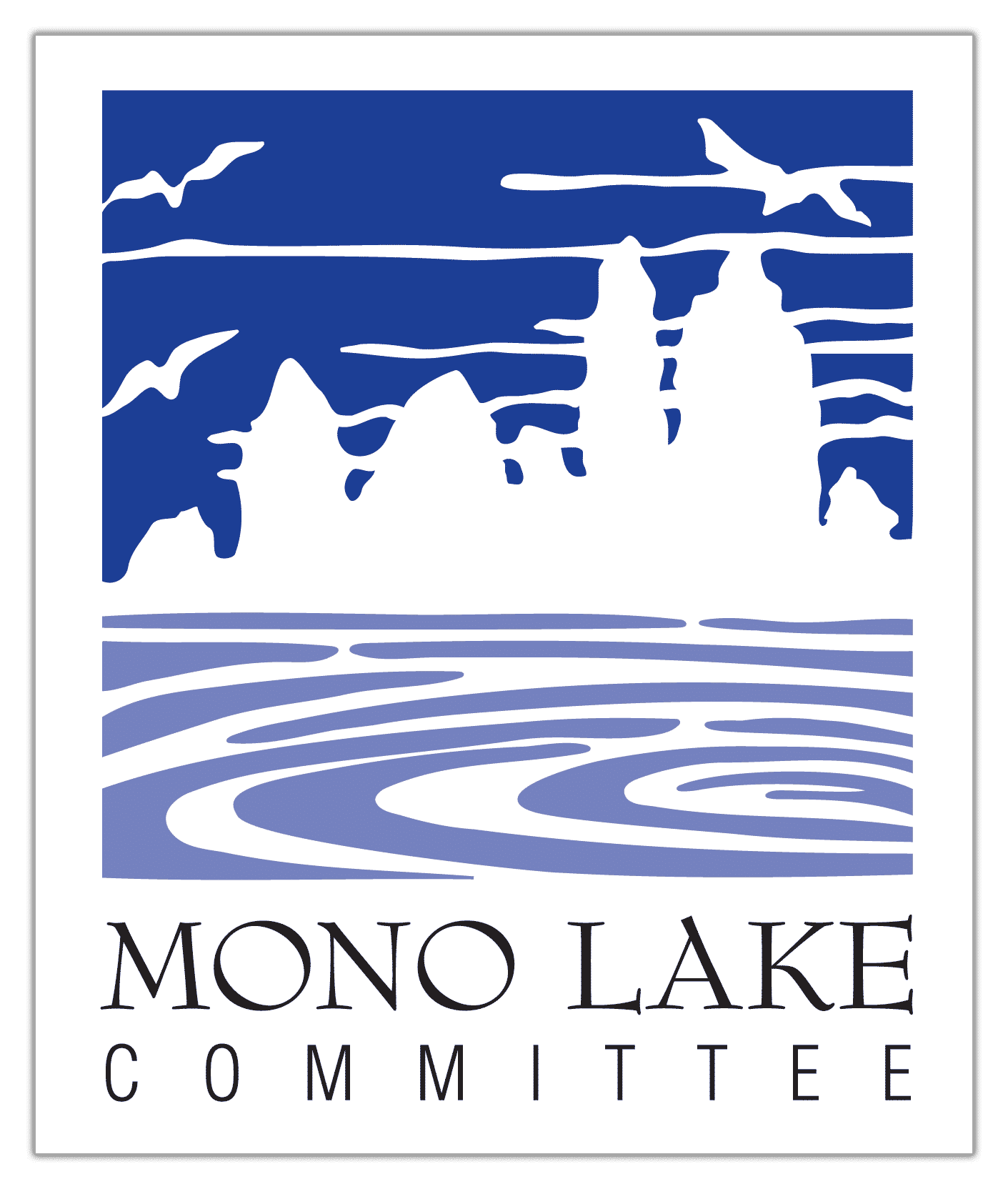
The February 1st snow surveys are in, and they are very dry. The Mono Basin snow water content is 16% of the April 1st average, and 25% of the February 1st average.
| Name | Date | Water Content* | Previous Lower Records |
| Gem Pass | 28-Jan | 2.0″ (6%) | 1.7″ in 1991 |
| Tioga Pass | 31-Jan | 6.0″ (22%) | 1976, 1977, 1987, 1991 |
| Saddlebag Lake | 31-Jan | 6.5″ (21%) | 1976, 1977, 1987, 1991 |
| Ellery Lake | 31-Jan | 6.0″ (21%) | 76, 77, 87, 91 (1994 tied) |
| Gem Lake | 28-Jan | 2.5″ (8%) | tied in 1977 |
| *% of April 1 average | |||
It is important to note that the surveys in the Rush Creek drainage—Gem Pass and Gem Lake—were conducted before the January 30th storm, and found only 6% and 8% of the April 1st average water content, respectively. The surveys in the Lee Vining Creek drainage—Tioga Pass, Saddlebag Lake, and Ellery Lake—were conducted the day after the storm, and found 21–22% of April 1st average water content. Although it is difficult to know how much of that difference is due to location and how much is due to time, automated snow pillow data indicate that a large part of the difference is due to the storm. It could be the difference between setting a new dry record, and being the fifth driest year in the records. This is good news, and a good reminder how wet it can be this time of year, and how quickly we can catch up.
That kind of optimism is necessary when looking at the other snow surveys from around the state, which would be downright scary without a good dose of it, especially when combined with the news that the State Water Project will not deliver any water this year. The snow water content in one of the typically wettest parts of the state—the North Coast and the Sacramento River and Feather River headwaters—is 0–3% of average. There is no snow on the ground in most of the locations sampled. The Northern Sierra is little better, ranging from 6–10% of average. The Central and Southern Sierra range from 6–33%, with the Mono and Owens basins at the upper end of the range.
Even though it has been this dry many times in the past, this persistent three years of dryness and widespread areas of dryness combined are the greatest in living memory. It is a new challenge for our culture, and a challenge for our already-stressed ecosystems. If this year’s spring snowmelt runoff is only 20–25% of average in the Mono Basin, it will only be half of the lowest-recorded runoff. It will be a challenge for every stream, reservoir, and lake in the Mono Basin, a challenge for the water managers, and for the Mono Lake Committee. It will be a challenge for Los Angeles, and for California. But it will be a valuable learning experience, and a data point we will plan for when managing our water resources in the future. There is a saying that challenges build character. In this case, we hope it will help build a more sustainable future, with more reliable water supplies, more efficient water use, and more effective water conservation strategies.
